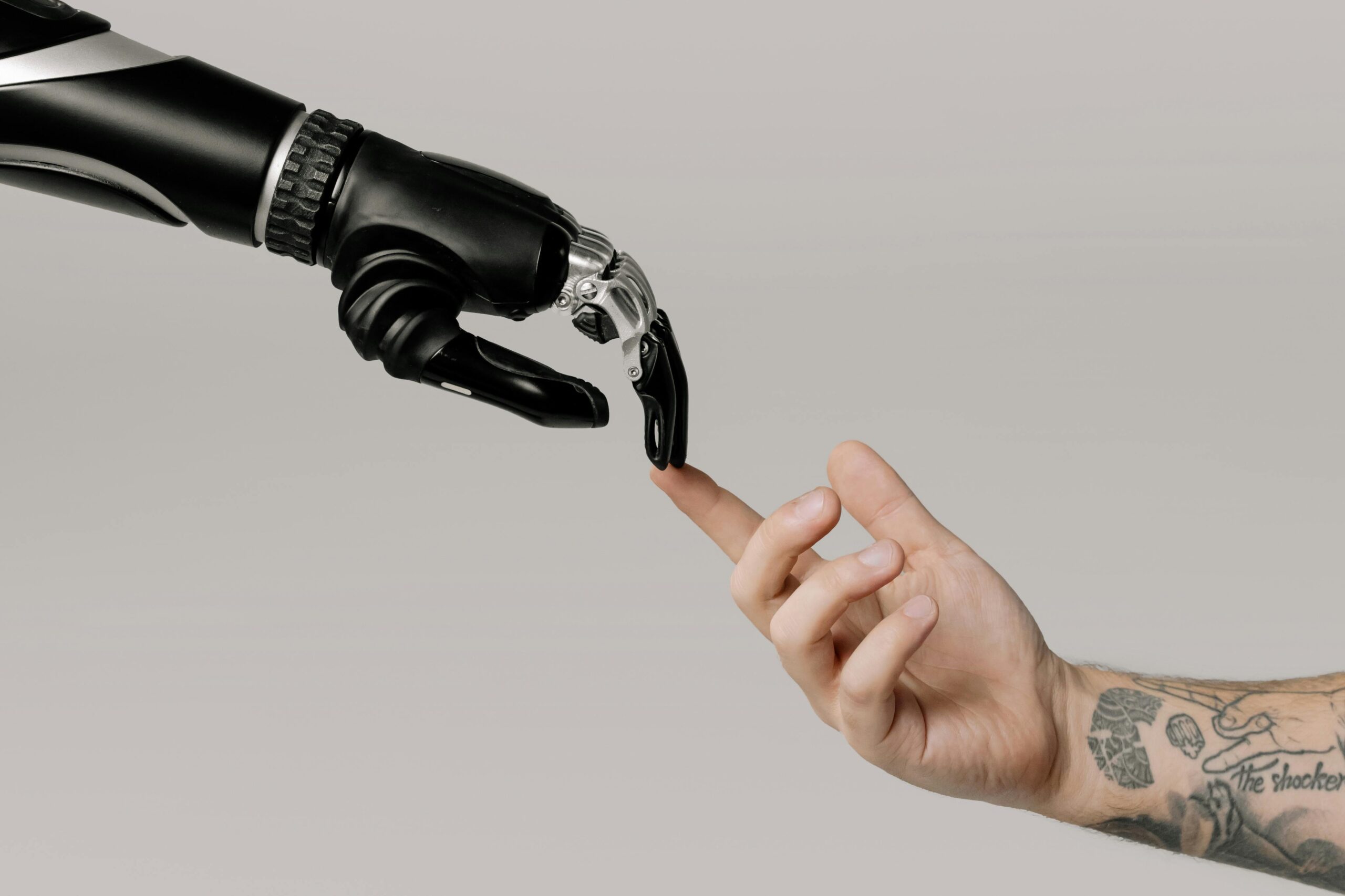Artificial intelligence (AI) has rapidly become an important part of the technological debate, bringing with it a range of new concepts and terms. We made a small dictionary to explain the main terms related to AI.
Text by Suvi Hirvonen-Ere & Petri Makkonen

Caption here
Algorithm
An algorithm is a set of rules that a computer follows when performing operations. Algorithms guide the computer’s actions in different situations. For example, a chatbot can use algorithms to recommend products based on a customer’s purchase history. In such a system, often a basic generative grammar algorithm (GPT) and an additional set of rules built from data containing the company’s own knowledge.
Interface (API)
An API (Application Programming Interface) is a set of procedures that allow one application to access another service. For example, APIs allow extensions such as Grammarly to be used across different sites.
General Artificial Intelligence (AGI)
Artificial General Intelligence (AGI) is a hypothetical form of artificial intelligence that can understand and learn any task performed by humans. Currently, AGI does not exist and all AI is narrow AI. The situation is changing rapidly.
Artificial intelligence (AI)
Artificial intelligence refers to the ability of machines to perform tasks that would normally require human intelligence. Examples of AI include understanding human speech and text, recognising and translating languages, and generating personalised recommendations.
Bias
Bias refers to a situation where the results of an algorithm favour or oppose a particular idea. This is due to incorrect assumptions made by the algorithm. For example, if an algorithm only has information about apples, it may assume that apples are the only fruit.
Big data
Big data refers to huge data sets that are too large to be processed by traditional computers. Through data mining, powerful artificial intelligence software can analyse these large datasets to find patterns and draw conclusions.
Black box
The black box represents an AI system whose internal functions or state cannot be viewed. Humans cannot determine how the black box, (control system, e.g. AI) reaches a particular decision, only the inputs and their responses are observable.
Chatbot
A chatbot is a computer program that simulates a conversation between people. Chatbots can act as virtual assistants to answer customer questions. The most advanced chatbots can also identify shopping intentions and recommend products based on location, demographics or purchase history.
ChatGPT
ChatGPT is a chatbot released by OpenAI in November 2022, known for its ability to provide detailed and natural answers to a wide range of questions in natural language. In its simplicity, the program simply generates the next most likely byte of text in a very complex (non-linear) way, computed by a complex neural network from a large amount of text, often gigabytes or more.
Clustering
Clustering means organising data into subgroups that contain common elements. This is useful for identifying sets of data that are governed by divergent laws.
Conversational AI
Conversational AI is a technology, such as a chatbot, that simulates human conversation, allowing users to interact with the AI.
Data mining
Data mining means analysing large databases to produce new information. Data mining allows AI tools to become more effective in solving a wide range of problems.
Decision tree
The decision tree is a structure of answers that helps the chatbot to provide accurate answers to customer questions. By asking a series of questions, the chatbot can use the decision tree to narrow down the customer’s goal.
Deep learning
Deep learning is a type of machine learning where multiple layers of networks are used to train algorithms on large datasets. Deep learning can understand unstructured data more efficiently than traditional machine learning, often leading to higher quality results.
Explainable AI
Explanatory AI (XAI) refers to transparent systems that allow people to see how AI makes decisions or predictions. XAI is the opposite of a black box.
Generative AI
Generative AI is an umbrella term for AI that can create new content (such as text or images) using its training data. For example, ChatGPT and Google Bard are advanced examples of generative AI.




